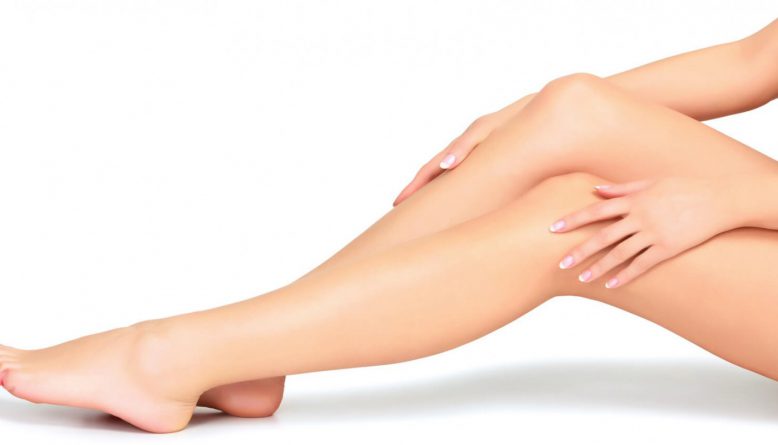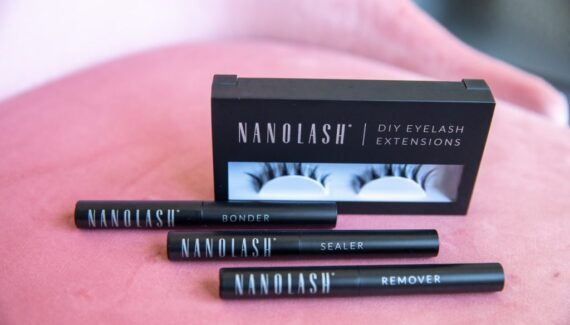Hey, today, I’m dealing with the topic of ingrowns after hair removal.
Since I switched to an electronic hair remover, I’m getting more and more problems with my delicate skin on legs. I spotted ingrowns which are very irritating cause they’re so hard to get rid of and keep me from removing all hairs. I deal with the skin irritation and red bumps more often. It’s a typical problem that we can do away with, using home methods. I’m afraid I’ll have to give up on the electric remover for some time and go back to the good, old razor.
Do you actually know:
WHERE INGROWNS COME FROM?
Ingrown – hair that’s so weak it can’t get through the external skin layer. As a result, it grows under the skin in different directions. Painful pimples and bumps appear. I have no intention of scaring you or whatsoever but ingrowns may lead to an infection of the hair follicle if you neglect the problem.
Most common causes of ingrown hair:
- removing hair with an electric remover, wax or sugar paste (pulling hair out) weakens hair follicles; each new hair that grows out from them is too weak to makes its way to the hair surface;
- using different hair removing methods by turns e.g. a remover, creams, razors. You pull hair out, next time you cut it down (hair bulbs get different signals). That’s why hair may grow in different directions and have different thickness.
Wrong skincare routine. To be precise – avoiding scrubs; settling dead skin cells made up a truly hard and resistant wall, especially for a new, young hair that gets out of the bulb.
This leads to the question:
HOW TO PREVENT INGROWN HAIR?
There are lots of fixes. Every woman should choose the right methods for her.
- First of all, regularly exfoliate the epidermis not to create a barrier for hair. It’s much better if hair grows out and can be removed than when it causes infections. In my case, a home scrub (sugar or coffee) once a week is enough. Lazy ones can go for ready-made scrubs.
- Second of all, use emollients that soften the skin so it’s easier for hair to grow. A good-quality lotion with e.g. beeswax, urea, vegetable oils, lanolin or panthenol. A well-hydrated and softer skin equals fewer problems.
- Thirdly, reach out for compresses that prevent ingrowns and help you do away with dead skin cells. Home methods have this asset that you can use easily-available ingredients. Try mixing a glass of water with a teaspoon of soda or one aspirin, and enriching the mixture with a bit of glycerol. Massage the liquid into the skin every day to get rid of ingrowns.
- Fourthly, you can make use of the cosmetic acids (Lactic, Mandelic, Glycolic or Salicylic). Look for them in ready-made creams and lotions. By-prescription AHA or retinol acid-enriched creams may come in useful. Why acids? They have strongly-exfoliating and moisturising properties.
Ingrowns and Laser Hair Removal
Removing hair with the laser is the last resort for eliminating ingrowns. It’s the most effective remedy. Firstly, the laser lets us get rid of hair without the necessity of getting them outside. It happens because the laser beam affects melanin which is included in the whole hair. Another benefit? The laser damages hair bulbs and follicles. Consequently, new hair doesn’t grow out. In this way we do away with ingrowns and don’t have to think about the hair removal for long years. Nothing’s going to grow out provided you go through the full series of treatment. Too bad the cost is quite high. I can’t afford it now but who knows, maybe in the future?
What to do when ingrown hair leads to an infection of the hair follicle?
Doctor’s consultation makes the best choice. Every infection poses some kind of danger. After examination, the doctor prescribes the right medicine for fighting the infection. You must heal the inflammation before removing ingrown hair!
You can soothe the symptoms of follicle infection using home methods. Aspirin is my favorite; I usually melt two aspirins in a spoon of water and add a large spoon of natural honey. I apply the mixture to irritated areas and leave on for +/- ten mins. Another method involves using black tea compresses. It’s even easier cause you just rub the tea bags on the skin. Tannin, included in the tea, reduces redness and inflammation. Aloe juice works in a similar way but I can’t get round to getting the juice.




Leave a Reply